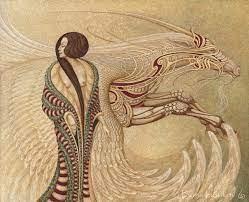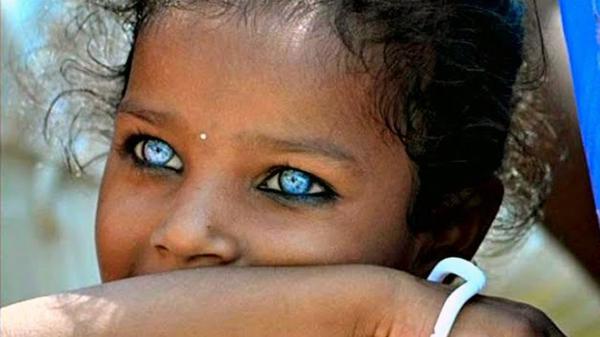Premonition Shades on Yore Canvas in Haruki Murakami's Kafka on the Shore and Sputnik Sweetheart
Traumatic experiences from the past can have a profound effect on our present relationships. Haruki Murakami skilfully captured these experiences in his novels. In Kafka on the Shore, Kafka's mother and sister abandoned him as a child leaving him with his tyrannical father. It created an overwhelming and lasting effect on Kafka's ability to forge close and healthy relationships. The deprivation of motherly love and sisterly affection made him have dreams about sexual intercourse with Sakura and a real encounter with Miss Saeki fulfilling his father's Oedipal prophecy. In Sputnik Sweetheart, Miu sees her alter ego indulging in filthy intimacy while being stuck overnight on a Ferris Wheel. The sight made her incompetent to form healthy sexual relationships with anyone, even her husband. She started having trouble trusting her own body, sexuality, and desires and had issues being close to others physically and emotionally. Learning to process and heal from our previous traumas is essential for establishing healthy connections in the present. Although it may be a drawn-out, tedious, and challenging process, it is achievable.










